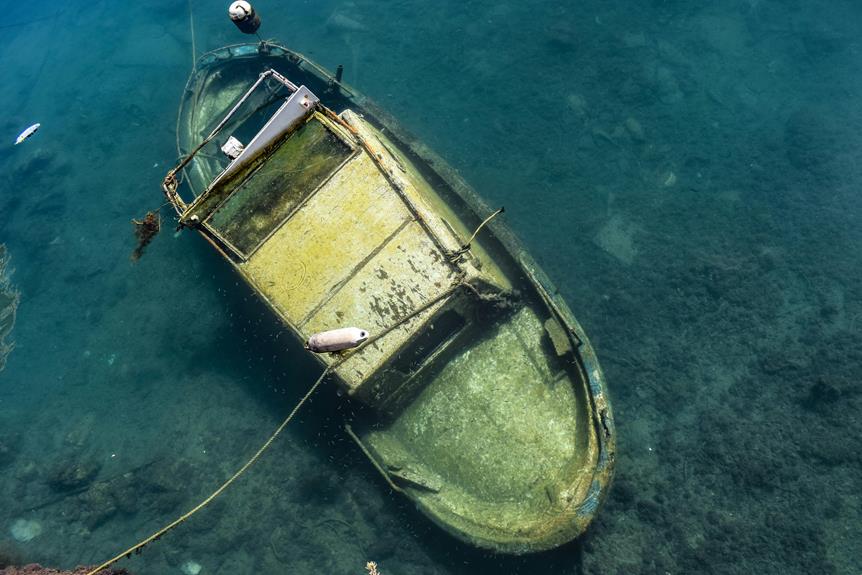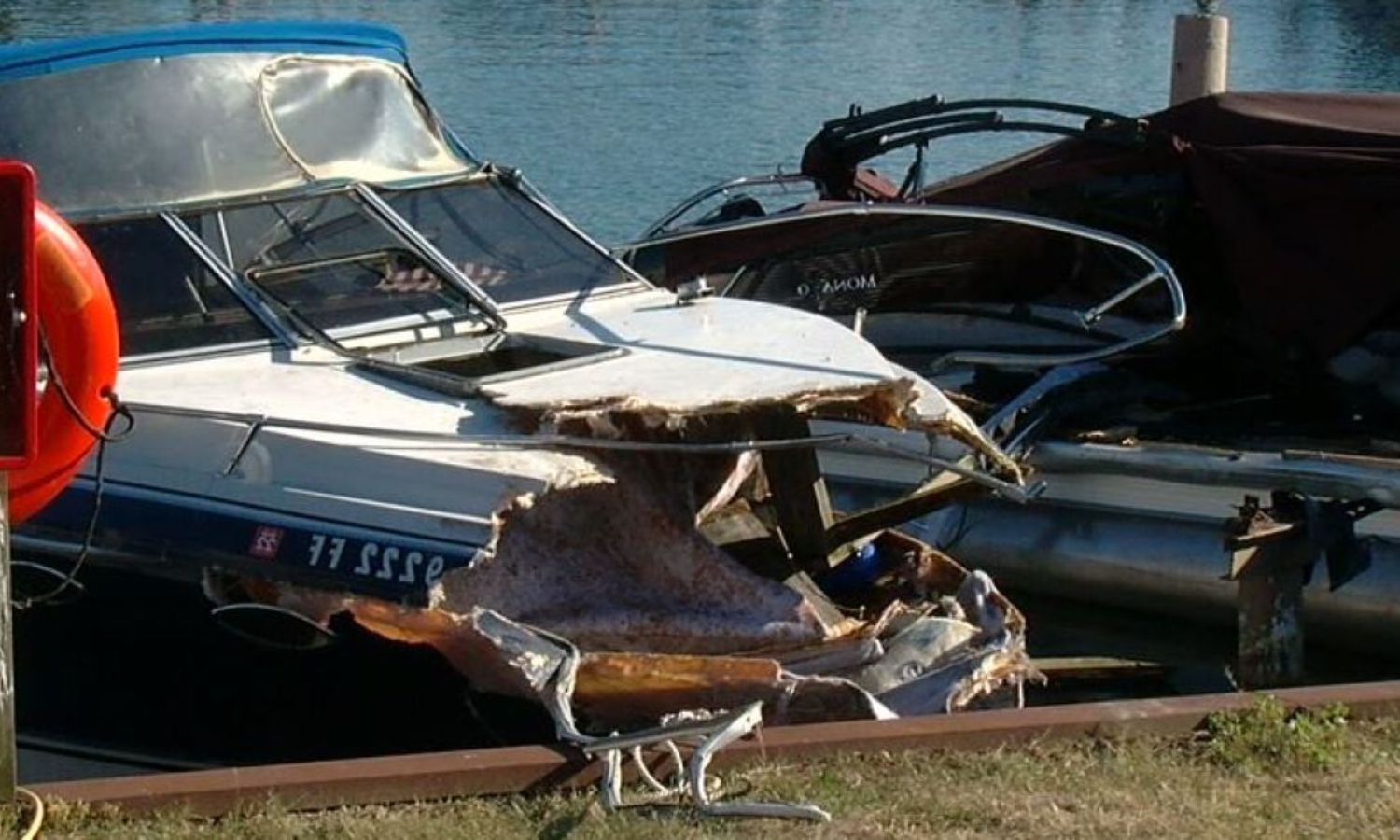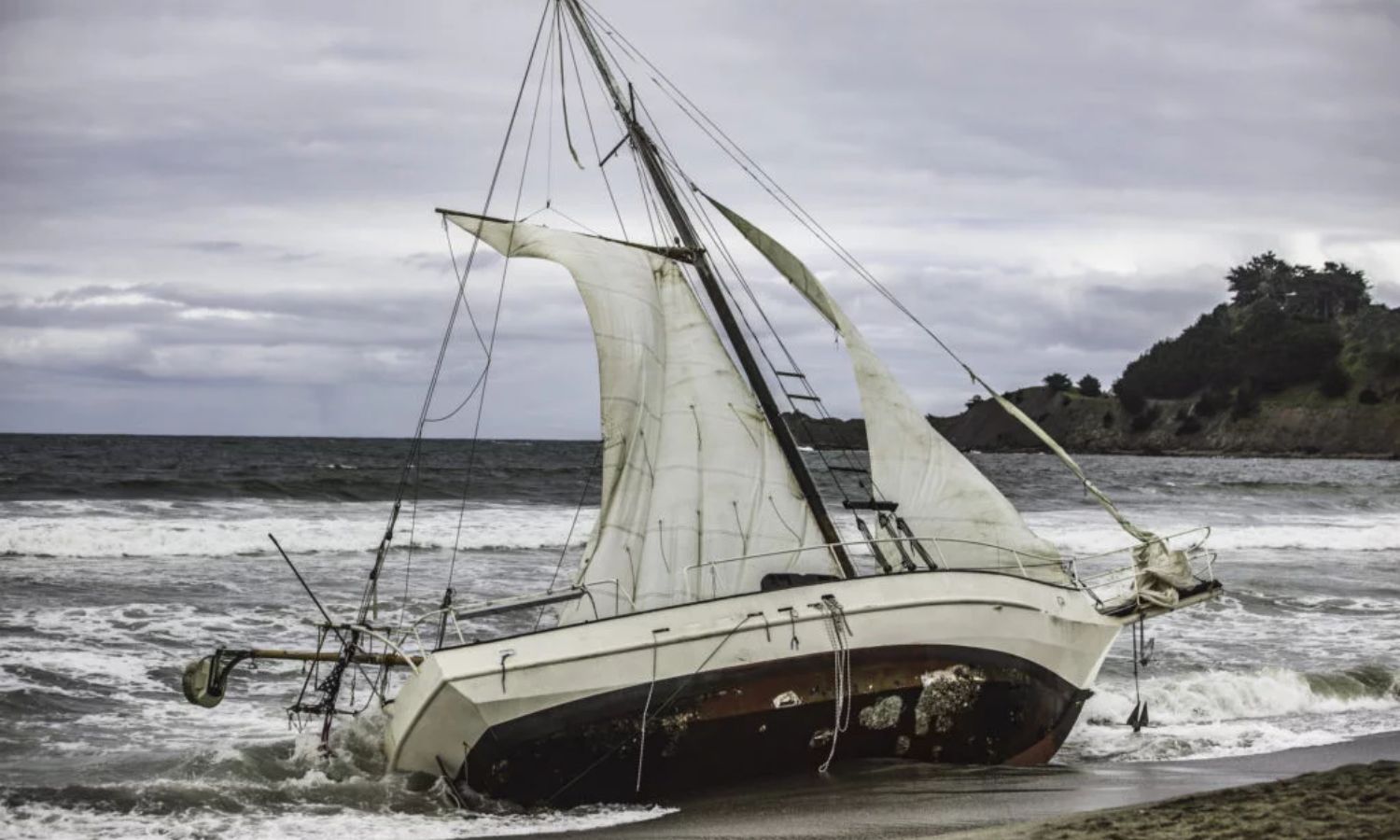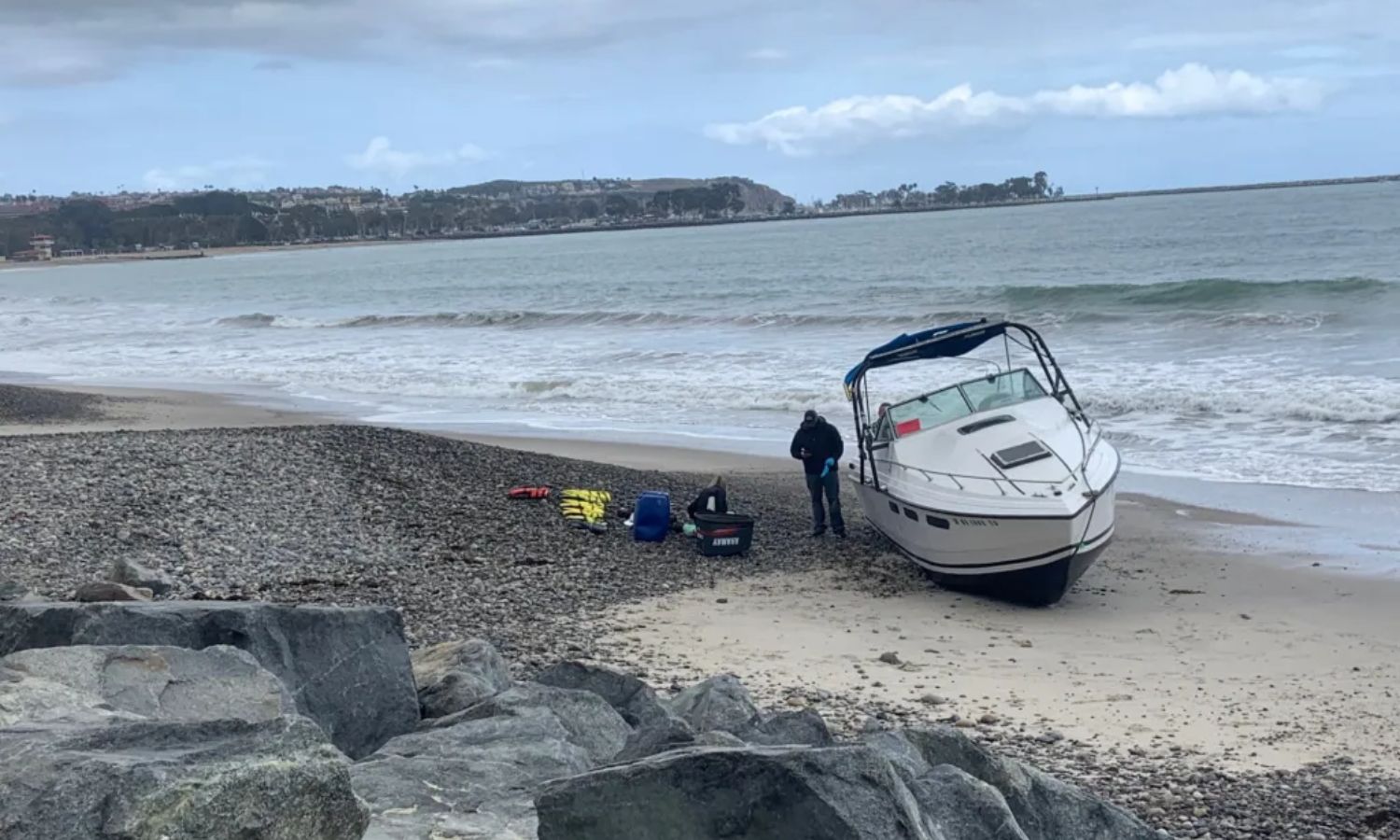Environmental Damage From Boats: In California, the issue of abandoned boats poses a significant threat to the environment. These vessels, left to deteriorate and decay, not only mar the beauty of the state’s coastal areas but also contribute to pollution and habitat destruction.
The challenges faced by marinas, anchor-out communities, and the shortcomings of existing programs in addressing this issue. By shedding light on the environmental impact, it aims to inspire policy changes that can effectively combat the detrimental effects of abandoned boats on California’s delicate ecosystems.
Key Takeaways Of Environmental Damage From Boats
- Aging and neglected boats can lead to environmental damage through leaks and hazardous materials that harm marine life.
- Abandoned boats pose risks to navigation channels, other boats, and marine life, contributing to water pollution and habitat degradation.
- Managing aging and abandoned boats is challenging due to maintenance needs, complex ownership identification, and insufficient funds for responsible disposal.
- Marinas and housing are impacted by the growing number of abandoned boats, reducing docking space, and exacerbating housing challenges.
Challenges of Aging and Abandoned Boats in California:
The challenges of managing aging and abandoned boats in California pose significant environmental and navigational hazards.
With over 3,000 miles of coastline, California is home to a large number of recreational and commercial vessels. However, as boats age and owners neglect proper maintenance, these vessels become prone to leaks and other issues that can lead to environmental damage.
The presence of abandoned boats further exacerbates the problem, as they often contain hazardous materials such as oil, fuel, and chemicals that can leak into the water and harm marine life. Additionally, these abandoned vessels can obstruct navigation channels, posing a risk to other boats and potentially causing accidents.
Addressing the challenges of managing aging and abandoned boats requires a comprehensive approach that involves regular maintenance, proper disposal of abandoned vessels, and improved enforcement of regulations.
Marina Struggles with Abandoned Vessels:
Marinas in California face significant challenges in dealing with the growing number of abandoned vessels. These vessels, left unattended and often in a state of disrepair, not only pose environmental hazards but also present financial and logistical burdens for marina operators.
The struggle begins with identifying the owners of these vessels, which can be a complex and time-consuming process. Once identified, marinas must navigate the lien process to recover any outstanding fees or costs associated with the abandoned boats. This process is often lengthy and may require legal intervention.
Additionally, the physical space occupied by these abandoned vessels reduces the availability of docking spaces for other boaters, impacting a marina’s revenue potential.
The increasing number of abandoned vessels calls for a comprehensive approach involving stricter regulations, improved enforcement, and increased support for marinas to address this ongoing issue.
Anchor-Out Communities and Housing Challenges:
Anchor-Out communities exacerbate housing challenges in California due to the proliferation of abandoned boats. These communities have emerged as a result of individuals seeking alternative housing options amidst the rising costs of living in the state. However, their presence further strains an already burdened housing market. With abandoned boats taking up valuable space in marinas and waterways, the availability of affordable housing options diminishes for those in need.
The problem is compounded by the fact that these boats often fall into disrepair, becoming eyesores and safety hazards. This not only affects the aesthetics of the surrounding area but also poses environmental risks.
Efforts to address the housing crisis in California must consider the impact of anchor-out communities and find solutions that balance the needs of both housing and environmental sustainability.
Shortcomings of the Surrendered and Abandoned Vessel Exchange Program:
The Surrendered and Abandoned Vessel Exchange Program faces significant limitations that hinder its effectiveness in mitigating the environmental damage caused by abandoned boats in California.
These limitations include:
- Insufficient funds: The program lacks adequate financial resources to properly address the problem of abandoned vessels. This limits the program’s ability to remove and dispose of these boats in an environmentally responsible manner, leaving them to deteriorate and leak harmful substances into the water.
- Complex access processes: The program’s access processes are convoluted and time-consuming, making it difficult for boat owners to surrender their vessels. This results in a backlog of abandoned boats that continue to pose a threat to the environment.
- Need for additional measures: While the program provides a valuable service in facilitating the surrender of vessels, it falls short in preventing boat abandonment in the first place. Additional measures such as public awareness campaigns and stricter regulations are necessary to address this issue comprehensively.
Environmental Impact and Call for Policy Changes:
To address the environmental impact of abandoned boats in California, it is imperative that policy changes be implemented.
Abandoned vessels not only pose a threat to the health and safety of marine life, but also contribute to water pollution and habitat degradation. These boats can leak fuel, oil, and other hazardous substances into the water, contaminating the ecosystem and threatening the delicate balance of marine ecosystems. Additionally, abandoned boats can cause physical damage to coral reefs, seagrass beds, and other critical habitats.
To mitigate these environmental risks, stricter insurance and registration requirements should be put in place to ensure that boat owners are held accountable for their vessels. Furthermore, policies should be enacted to facilitate the proper disposal or recycling of abandoned boats, preventing them from becoming long-term environmental hazards.
Only through comprehensive policy changes can we effectively protect California’s marine environment from the detrimental effects of abandoned boats.
Conclusion Of Environmental Damage From Boats
The issue of abandoned boats in California poses significant challenges for marinas, anchor-out communities, and the environment.
The aging and neglected vessels create environmental damage, impacting marine life and coastal ecosystems.
The current Surrendered and Abandoned Vessel Exchange Program has proven insufficient in addressing this problem.
Therefore, it is crucial for policy changes to be implemented to prevent further environmental degradation and protect the delicate balance of California’s coastal areas.
Our Reader’s Queries
Q1. What happens when you abandon a boat?
Ans. Severe Consequences Await Those Who Abandon Boats: Hefty Fines, Property Liens, and Potential Jail Time
Q2.What is the problem with abandoned boats?
Ans. Environmental Threats Loom as Abandoned Boats Leak Hazardous Materials and Disrupt Water Ecosystems
Q3. Why are boats abandoned?
Ans. A confluence of factors, including severe weather events, financial difficulties, and the exorbitant costs associated with the proper removal of boats and barges, heightens the probability of their abandonment. Owners, grappling with challenges such as economic hardships, may opt to abandon their vessels when they can no longer bear the financial burdens of maintenance and disposal.




